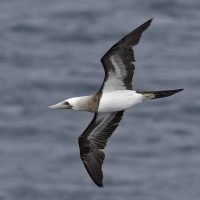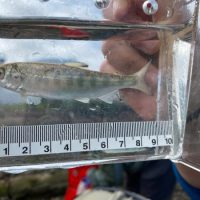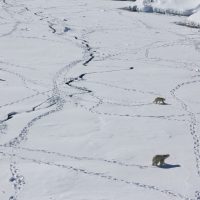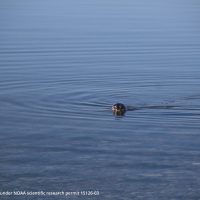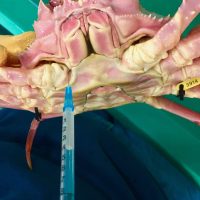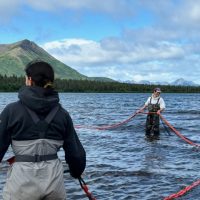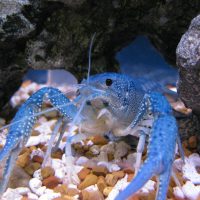Filter Results
From tropics to temperate: The shifting breeding ranges of seabirds amid climate change
Across the globe, species are shifting their ranges in response to environmental changes driven by climate change. However, seabirds face distinct challenges in adapting to these shifts. Amelia DuVall, PhD candidate at SAFS and member of the Washington Cooperative Fish and Wildlife Research Unit, recently published a paper reporting on the breeding range expansion of two pantropical seabird species—the Brown Booby and the Blue-footed Booby.
Read moreWorking on Alaska pinniped projects during the SAFS-MML internship
During this year’s SAFS-NOAA Marine Mammal Laboratory internship program, two UW students split their time working on two Alaska pinniped projects: remote camera imagery and food habits.
Read moreWhere are we now? Reflections on Tribal Fisheries and Co-Management 50 years after the Boldt Decision
50 years on from the Boldt Decision, SAFS held a one-day Bevan Symposium reflecting on Tribal fisheries, their co-management since this landmark decision, and what the next 50 years will look like for Washington fisheries. Centering on Tribal voices, the symposium heard from Tribal leaders, elders, scientists, artists and lawyers, through a series of panels and Q&A discussions.
Read moreOne or many? Exploring the population groups of the largest animal on Earth
Hunted nearly to extinction during 20th century whaling, the world’s largest animal, the Antarctic blue whale, went from a population size of roughly 200,000 to little more than 300. The most recent abundance estimate in 2004 put Antarctic blue whales at less than 1% of their pre-whaling levels. But is this population recovering? Is there just one population of Antarctic blue whales, or multiple? Why do these questions matter for conservation? PhD student, Zoe Rand, is tackling these questions in a new study.
Read moreWetland Ecosystem Team working with Long Live the Kings on habitat restoration project
In a new blog by Long Live the Kings, they explore the preliminary findings of post-restoration monitoring undertaken by the UW Wetland Ecosystem Team at a habitat restoration project at Vigor Shipyards, which was completed in the Spring of 2023.
Read morePaws of polar bears sustaining ice-related injuries in a warming Arctic
Polar bears in some parts of the high Arctic are developing ice buildup and related injuries to their feet, apparently due to changing sea ice conditions in a warming Arctic. While surveying the health of two polar bear populations, researchers led by Kristin Laidre from UW SAFS, found lacerations, hair loss, ice buildup and skin ulcerations primarily affecting the feet of adult bears as well as other parts of the body.
Read moreHarbor seals and fish parasites: How two undergrads contributed to major discoveries in cryptic diversity
Taking the AERA class as part of the Alaska Salmon Program was a pivotal moment for two undergrads, who went on to contribute to major discoveries in cryptic diversity in two vastly different species: harbor seals and fish parasites.
Read moreBitter crabs…attitude problem or parasitic infection?
Bitter crab syndrome might sound like an attitude problem, but it’s actually a condition faced by two very valuable fisheries in Alaska: snow crabs and Tanner crabs. So-called for the bitter flavor of crab meat in infected crabs, bitter crab syndrome (BCS) is caused by a parasitic dinoflagellate of the genus Hematodinium and infects a number of crustacean species around the globe. We spoke to SAFS grad student, Aspen Coyle, about her research.
Read moreCommunity and connection with the Alaska Salmon Program
It’s not all work while visiting the Alaska Salmon Program camps for the summer field season. Students head up to southwest Alaska, some for over three months, and downtime is a chance to explore, connect with their peers, and experience living in a field camp.
Read moreClicks not bricks: A global assessment of the online trade of ornamental crayfish
They may be small, but crayfish are mighty in other ways, one of them being invasive risk in areas where they are not natively found. Crayfish are increasingly being traded online for ornamental purposes, such as aquariums, and in a new study led by SAFS Professor Julian Olden, the first ever global assessment of the online trade in and associated invasion risk of freshwater crayfishes was conducted.
Read more